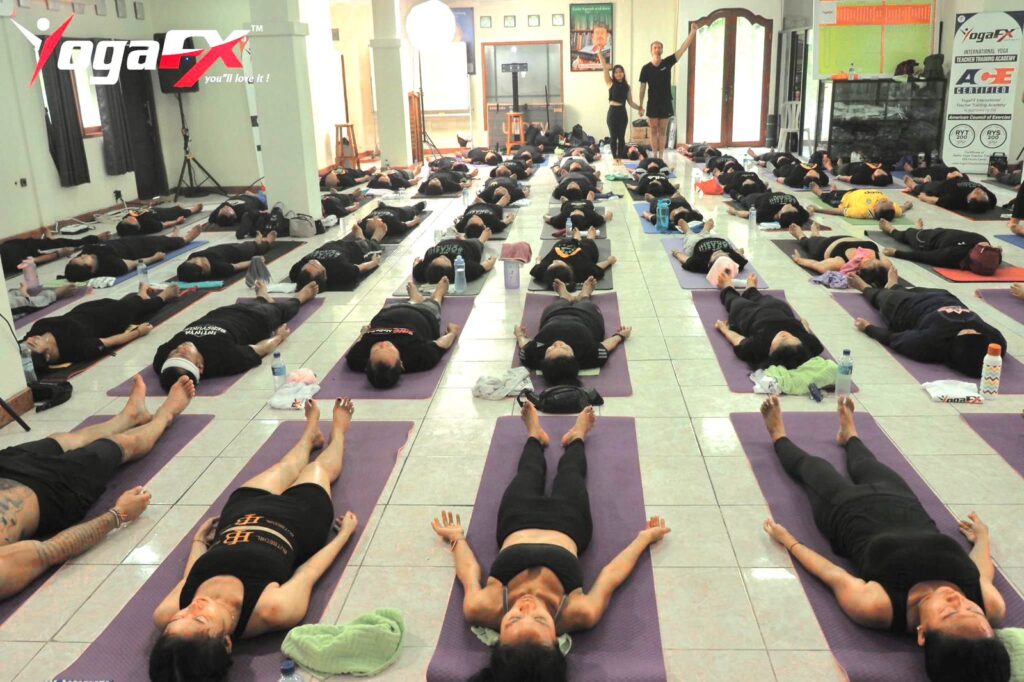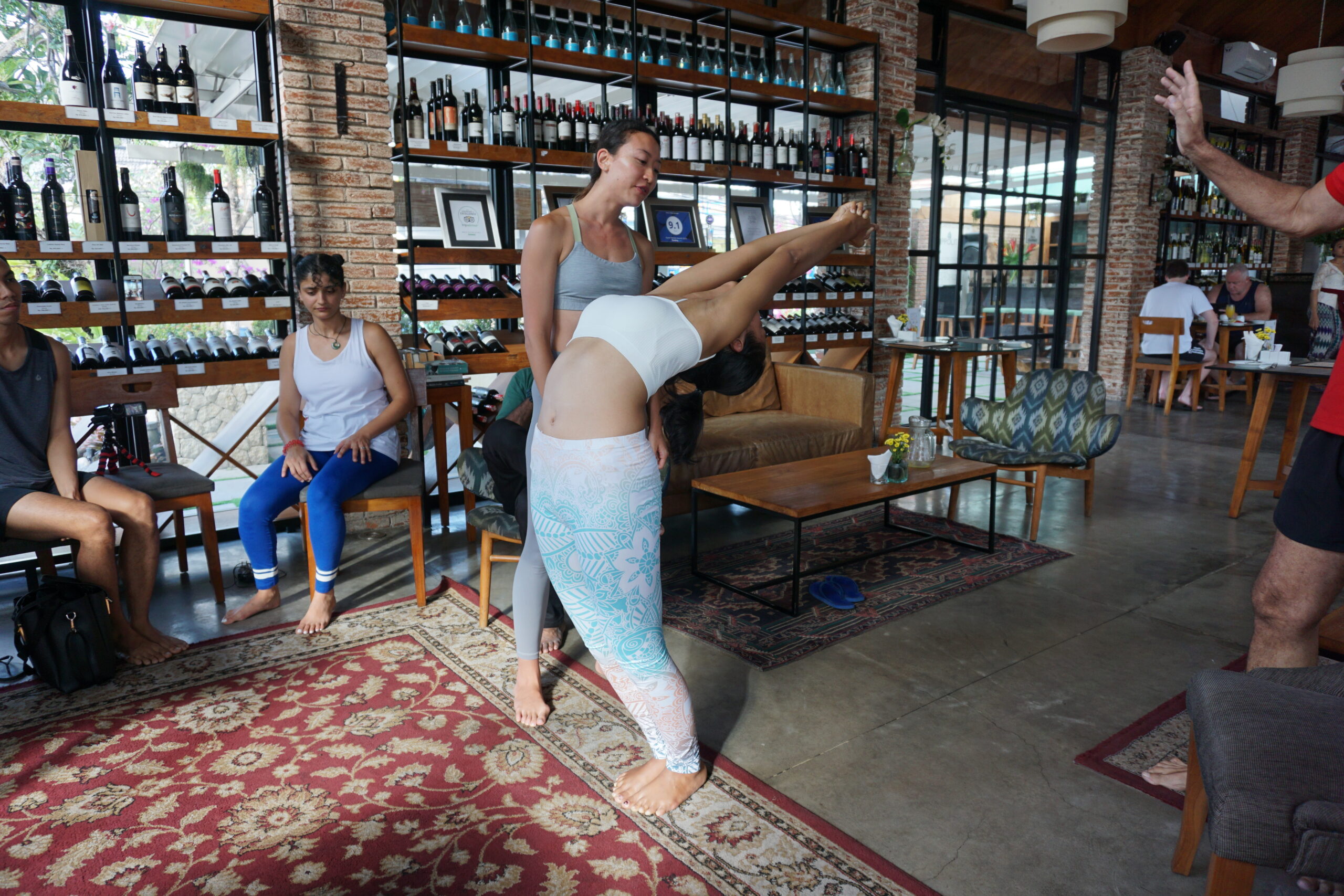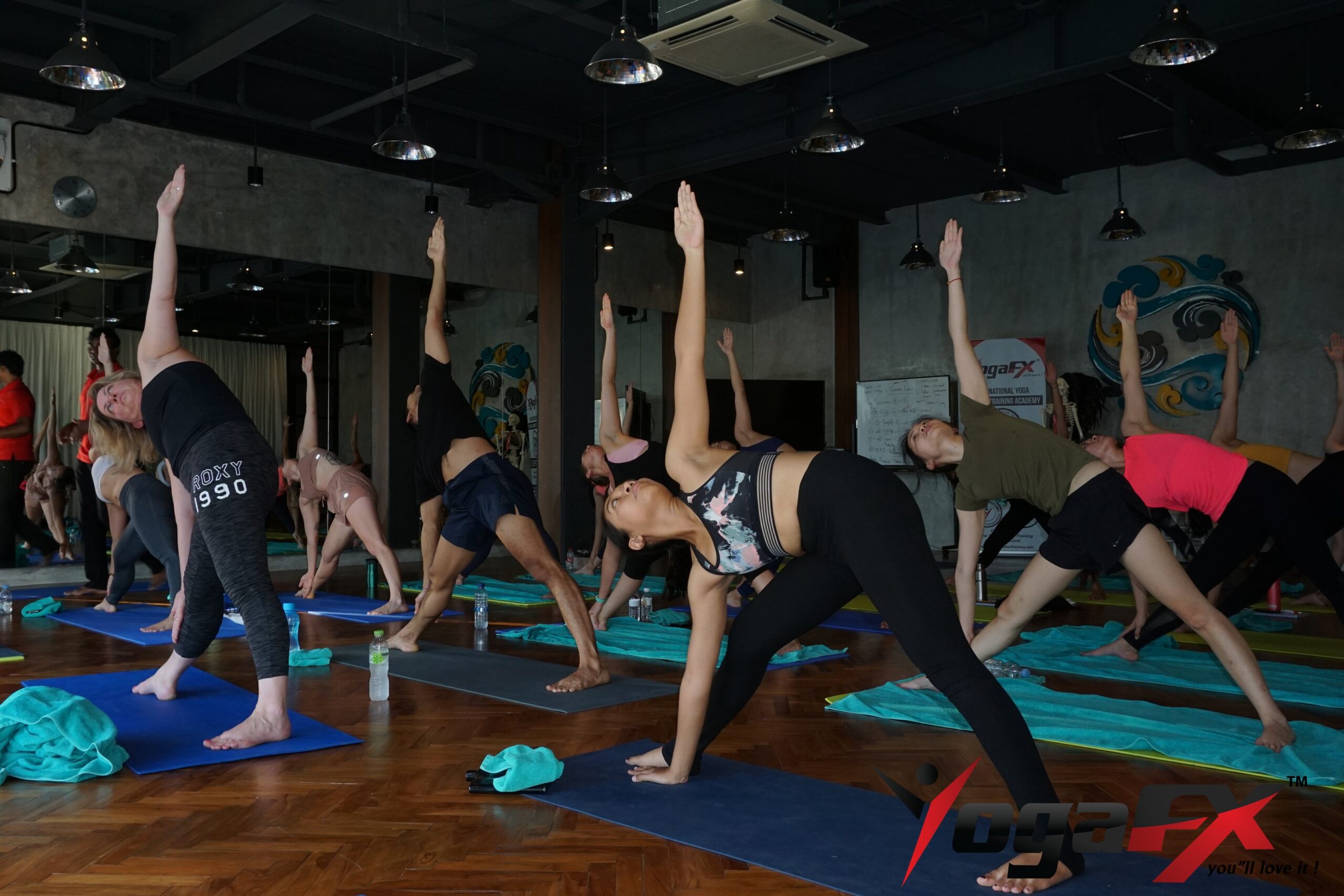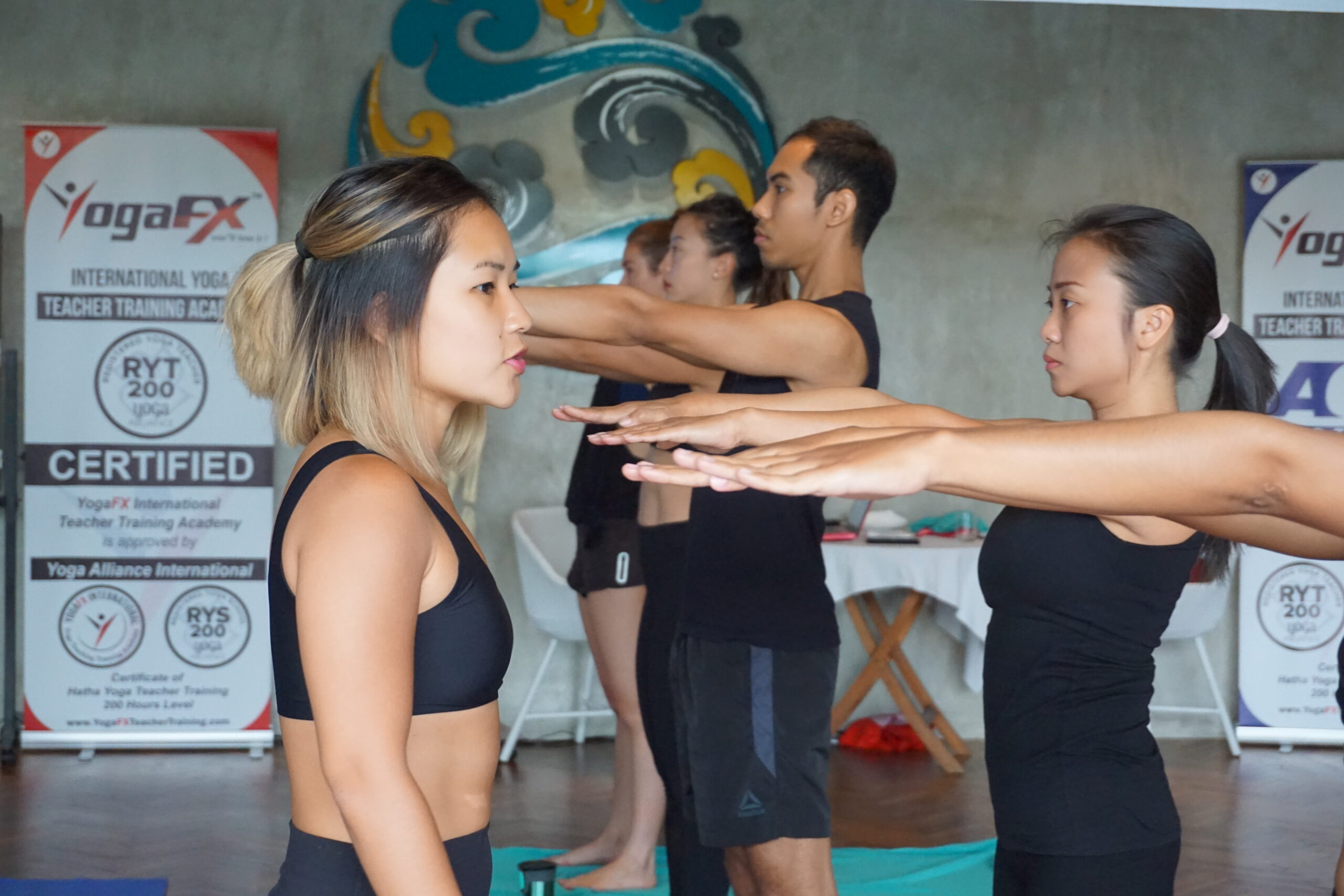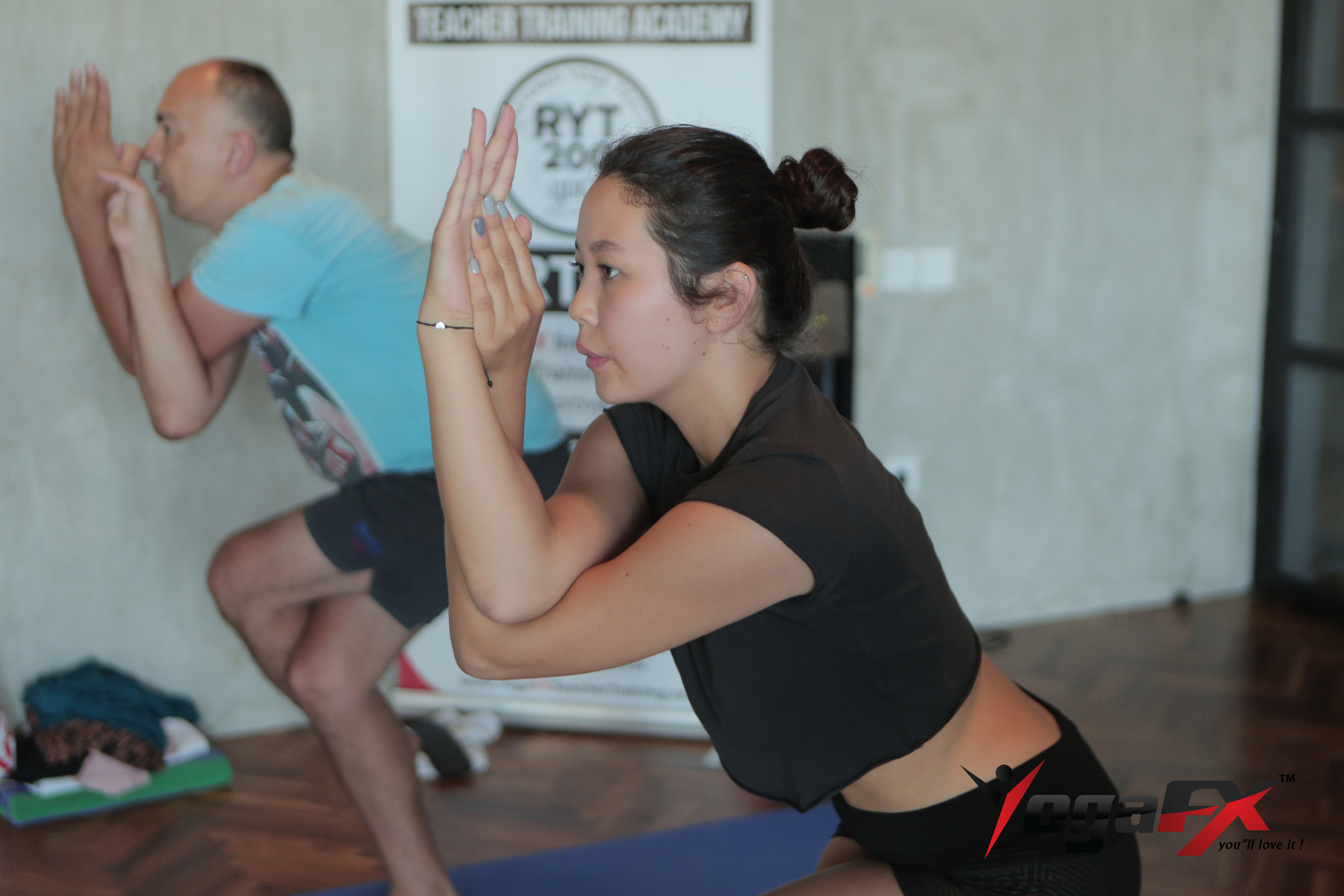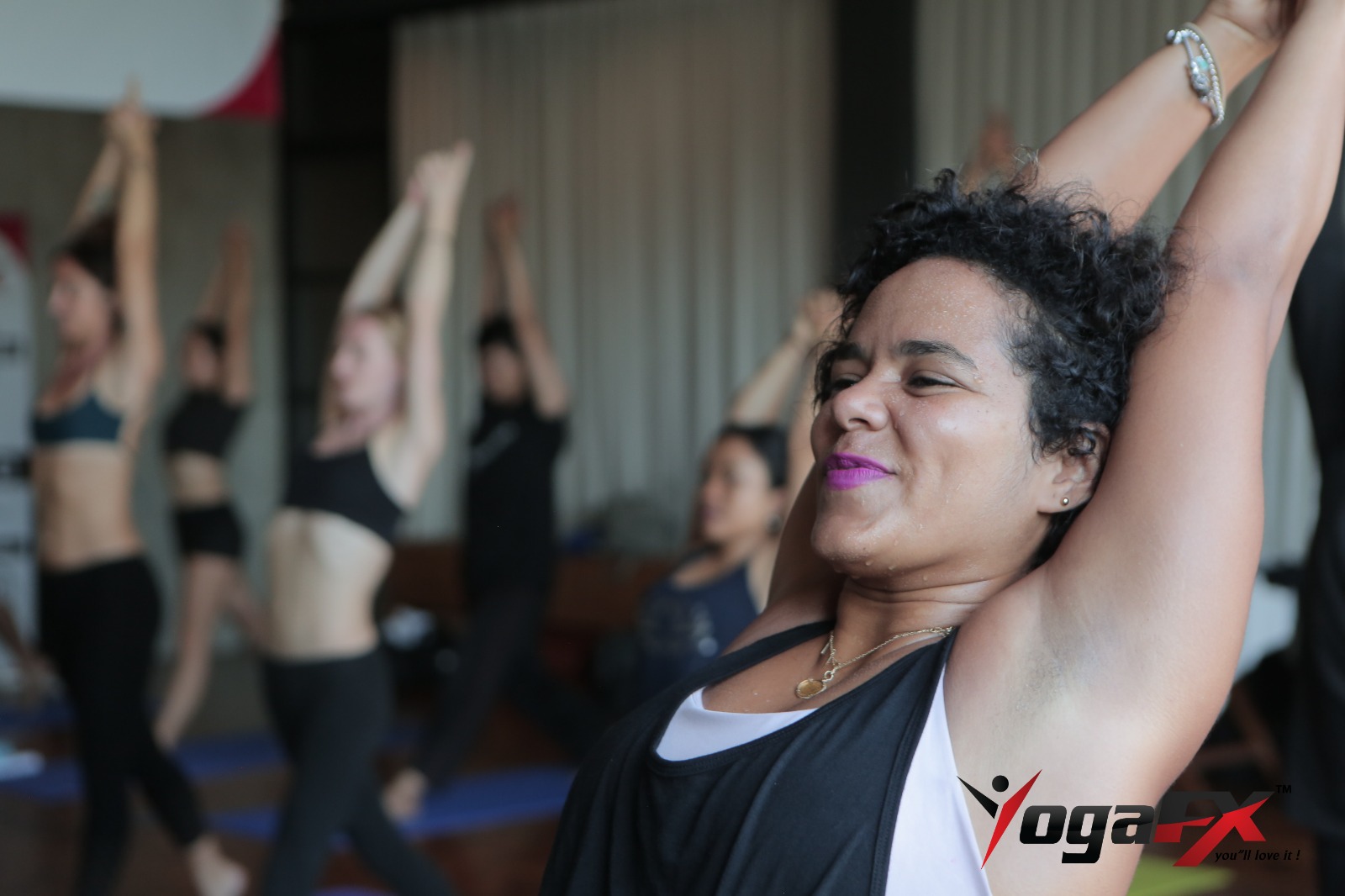Hot yoga has gained popularity for its unique practice in a heated environment, but what exactly is the ideal hot yoga temperature? Finding the perfect balance of heat is crucial to creating an optimal experience for practitioners. In this article, we will delve into the topic of hot yoga temperature, exploring the scientific research and expert opinions that help us determine the ideal range. Additionally, we will examine the factors that influence the ideal temperature, including humidity, and discuss how to adjust the temperature for different types of hot yoga classes. Whether you’re a hot yoga enthusiast or considering trying it out, read on to discover the key elements of finding the sweet spot for your hot yoga practice.
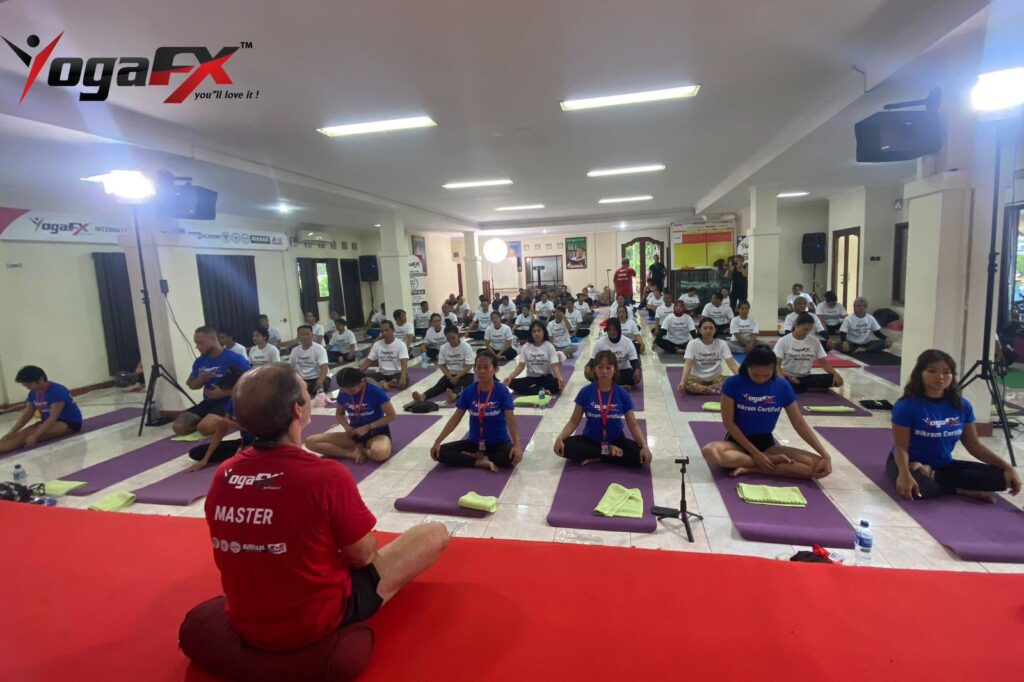
Scientific Research and Expert Opinions
Scientific research has shed light on the physiological responses of the body to different temperatures during hot yoga practice. Studies have shown that practicing in a heated environment promotes increased flexibility, as the warmth helps to relax muscles and make them more pliable. It also encourages sweating, which aids in detoxification and the release of toxins from the body.
Experts in the field of hot yoga have shared their insights regarding the ideal hot yoga temperature. Many agree that a range between 95 to 105 degrees Fahrenheit (35 to 40 degrees Celsius) is optimal. This temperature range provides enough heat to warm up the muscles and induce sweating without being excessively uncomfortable or overheating the body.
When You Accept Your “Now Situation” You Will Transform Into A More Complete Humble Simple Spirit
Factors Influencing the Ideal Temperature
Humidity is another crucial factor in hot yoga practice. The level of humidity affects how the body perceives heat and how efficiently it can cool down through sweating. Ideally, the humidity in a hot yoga room should be around 40 to 60 percent to maintain a comfortable and balanced practice. Higher humidity levels can make the room feel oppressively hot, while lower humidity levels may cause excessive dehydration.
Room size and ventilation also play a role in temperature regulation. A well-ventilated room allows for proper air circulation and helps maintain a consistent temperature throughout the space. A larger room may require a slightly higher temperature to compensate for the increased space, while a smaller room may need a slightly lower temperature to prevent overheating.
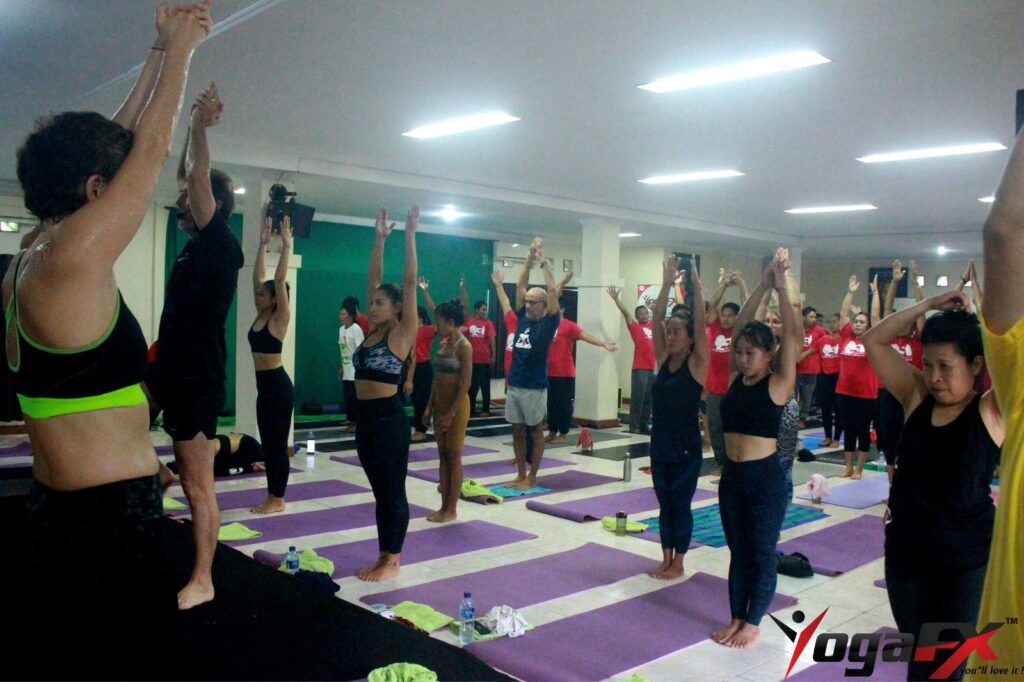
Adjusting the Temperature for Different Types of Hot Yoga Classes
Different styles of hot yoga may have specific recommendations for temperature. For instance, the traditional Bikram Yoga sequence, also known as Hot 26 and 2 Yoga, is typically practiced in a room heated to approximately 105 degrees Fahrenheit (40 degrees Celsius) with a humidity level around 40 percent. This temperature range helps practitioners safely perform the 26 postures and 2 breathing exercises while maintaining the heat necessary for deeper stretches and enhanced flexibility.
Hot Power Yoga and Hot Vinyasa Yoga, which are more dynamic and flowing styles, may require a slightly lower temperature range of 95 to 100 degrees Fahrenheit (35 to 38 degrees Celsius). These styles focus on continuous movement and a faster pace, requiring a balance of heat to challenge the body while maintaining a comfortable practice.
Finding the Sweet Spot
When it comes to hot yoga temperature, personal preference and comfort levels play a significant role. Some individuals may find a slightly higher temperature more beneficial for their practice, while others may prefer a slightly lower temperature. It’s essential to listen to your body, pay attention to how you feel during the practice, and make adjustments accordingly.
Trial and error is often necessary to find the sweet spot for your hot yoga practice. Experiment with different temperature ranges within the recommended guidelines and observe how your body responds. Take note of your energy levels, the ease of movement, and your overall comfort. With time and practice, you will discover the ideal temperature that allows you to fully embrace the transformative power of hot yoga.
Hot Yoga Teacher Training with Mr. Ian of YogaFX
If you’re passionate about hot yoga and wish to share its transformative power with others, consider enrolling in a hot yoga teacher training program. YogaFX, led by Mr. Ian, offers a comprehensive Hot 26 and 2 Teacher Training program. This program equips aspiring instructors with the knowledge, skills, and confidence to guide others through the dynamic and empowering practice of hot yoga. With a focus on proper alignment, sequencing, and teaching techniques, this training program ensures that graduates are well-prepared to lead safe and impactful hot yoga classes.
Conclusion
The ideal hot yoga temperature is a crucial aspect of creating a fulfilling and beneficial practice. Scientific research and expert opinions point to a range of 95 to 105 degrees Fahrenheit (35 to 40 degrees Celsius) as optimal. Factors such as humidity, room size, and ventilation also influence temperature regulation. By adjusting the temperature for different types of hot yoga classes, practitioners can tailor their practice to the style’s unique requirements.
Remember to find the sweet spot that works best for you by considering personal comfort and preferences. Through trial and error, you’ll discover the temperature range that allows you to fully immerse yourself in the transformative power of hot yoga. And if you’re ready to take your passion for hot yoga to the next level, explore the Hot 26 and 2 Teacher Training program offered by Mr. Ian of YogaFX. Embark on a journey of self-discovery and become a certified hot yoga instructor, sharing the benefits of this dynamic practice with others.


